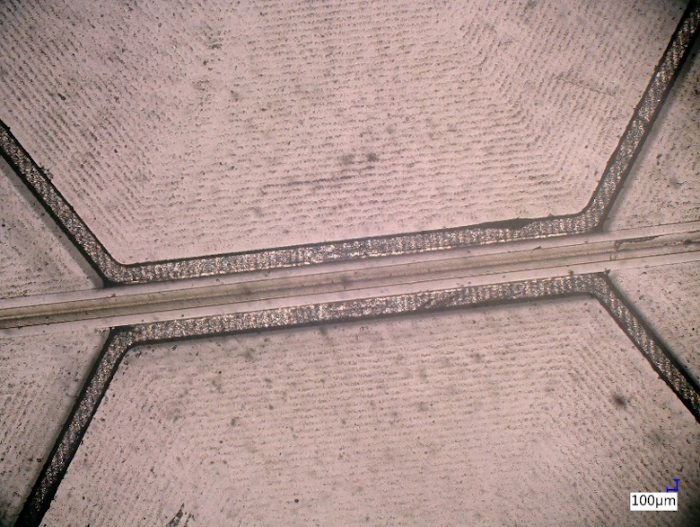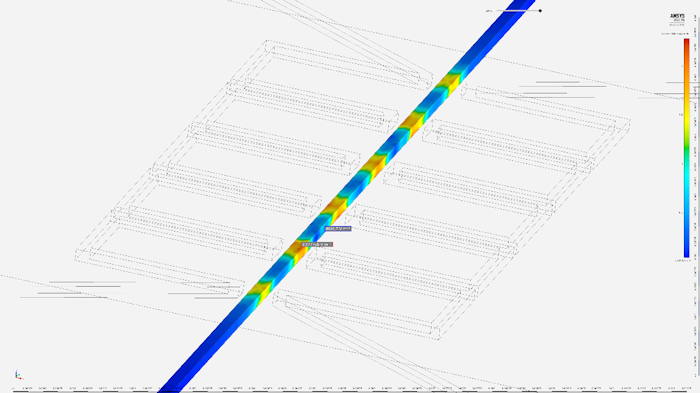Optofluidic systems for sensing applications
Szymon Baczyński
supervisor: Katarzyna Rutkowska
The presentation discusses the principle objectives and results obtained within studies carried out on the subject of optofluidic systems for sensing applications. The main goal of the research performed so far is creation of the photonic structure in polydimethylsiloxane (PDMS) combined with liquid crystals (LCs) as a reconfigurable element that interacts with transmitted light. In order to employ electro-optical response of LCs, and thus to obtain dynamically reconfigurable systems, the electrodes in the form of microchannels (with specific geometry) filled with a metal/metal alloy in a liquid state are used to force specific LC molecular orientation.
The most important areas of research are:
1) experimental work on various technologies to obtain good-quality molds for PDMS structures fabrication
2) investigations on chemical interactions between liquid crystalline materials and PDMS
3) numerical simulations for electric field applied to the system with use of specific electrodes including those of advanced (periodic) geometry
4) experimental work for determination of the molecular orientation on the PDMS-LC interfaces
5) experimental tests on LC:PDMS structures made with different molds, fabricated with use of different methods with particular attention devoted to the mold made of SU-8 photoresist (for further research on increasingly advanced structures)
The results obtained in each of the above-mentioned areas are presented in detailed and the next steps to be achieved.

Fig. 1 Optofluidic structure in PDMS – Liquid Crystal E7 (in main channel) and Ga-Ind electrodes (in trapezoidal channels).
Fig. 2 Electric field simulation for electrode with advanced geometry.